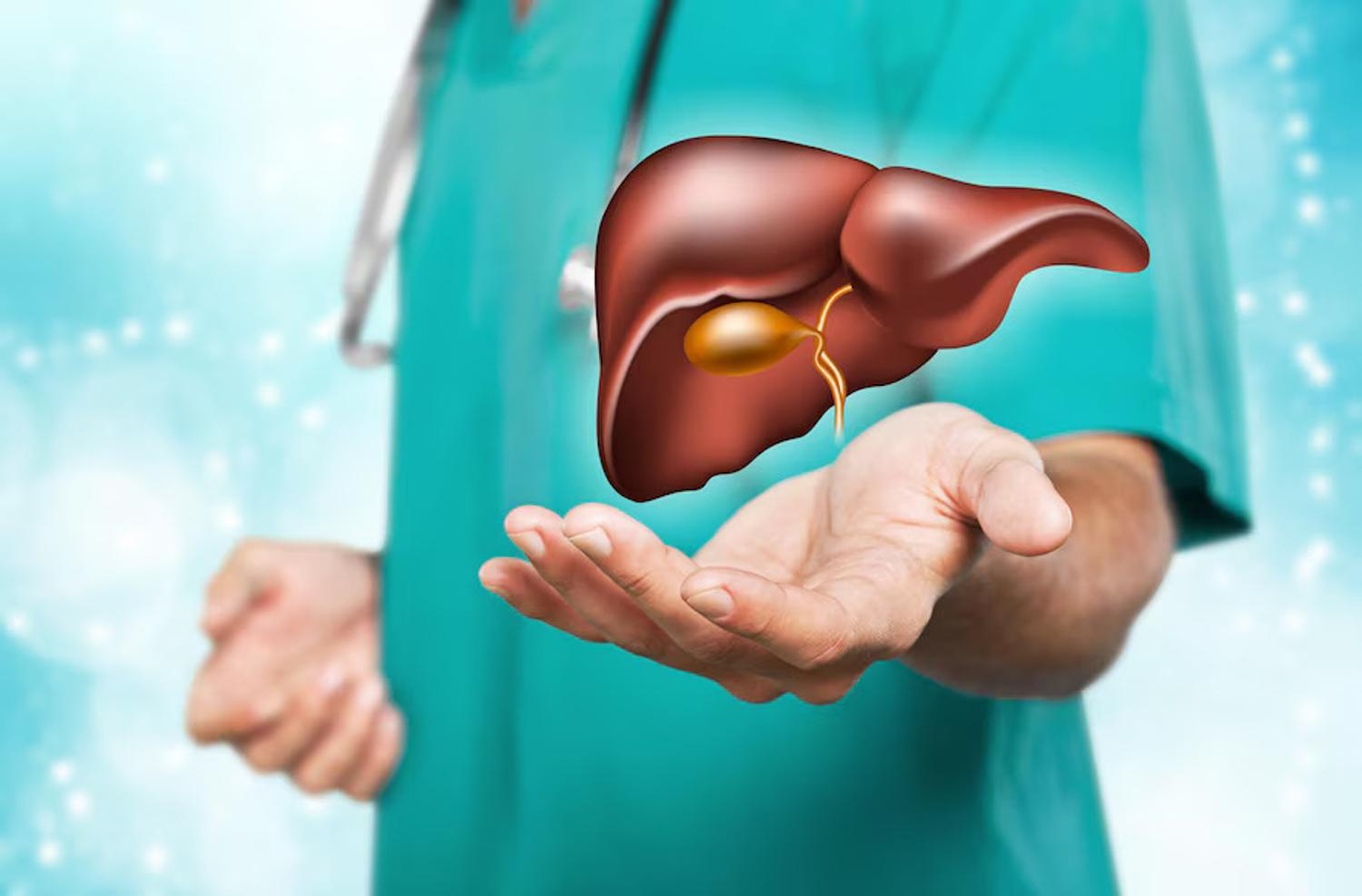Ignoring These Subtle Signs of High Cholesterol Could Lead to Heart Attack
More often than not, when a person experiences their first heart attack, it comes as quite a surprise. But the body actually gives subtle signs a heart attack is on the way; people just don’t know what they are.
One of the major causes of heart attacks is an excess of LDL or “bad” cholesterol, and when there is too much in the body, it will show outward signs. Here are the signals you can and should look out for.
What Is Bad Cholesterol?
Before discussing the physical signs of excess bad cholesterol, it’s first crucial to understand what this is, how it differs from good cholesterol, and, most importantly, how it causes heart attacks.

Source: Freepik
Cholesterol is a fat-like, waxy substance found in the body’s cells. There is both good and bad cholesterol, or HDL and LDL. While the body needs HDL, an excess of LDL can be exceptionally dangerous.
What Is Good Cholesterol?
The body needs some good cholesterol to function properly. It is responsible for transporting lipids or fatty acids to the liver, where they are safely metabolized, utilized, and excreted in the form of bile acids.

Source: Freepik
But when a person consumes too much cholesterol, which is prevalent in certain foods like meat and dairy products, it turns into bad cholesterol, resulting in excess plaque and build-up within the arteries.
People Cannot “Feel” Their Arteries Being Blocked
The problem is that people cannot technically “feel” their arteries blocking with HDL. Therefore, the condition often goes unnoticed for months or even years.

Source: Vecteezy
Over time, too much bad cholesterol in the blood leads directly to heart disease, heart attacks, and strokes, all of which can be fatal. In fact, around 700,000 people die from heart disease, and strokes kill 140,000 people in the US every single year.
How Can Someone Tell if They Have High Cholesterol?
Medical researchers have found that there are a few tell-tale signs that the body has too much bad cholesterol. However, these signs are so subtle that people often mistake them for other, less dangerous problems.

Source: Freepik
Doctors say that because high levels of bad cholesterol restrict blood flow, leg and foot numbness is one of the simplest signals that HDL levels are most likely higher than they should be.
Other Physical Signs of High HDL Levels
Additionally, persistently cold extremities, constant pins and needles in the hands and feet, chest pain, chronic fatigue, and bouts of shortness of breath are all considered signs of increased bad cholesterol.

Source: Freepik
It’s important to understand that these conditions also occur within perfectly healthy bodies that do not have high LDL levels. However, they can certainly be indicators that something is wrong.
Is It Time to Call Your Doctor?
So, if you or someone you know is experiencing one or more of these symptoms on a regular basis, you should definitely contact your doctor.

Source: Freepik
Actually, anyone who hasn’t had their LDL levels checked recently should call their doctor, too, even if their feet are always toasty warm.
How Often Should Someone Check Their LDL Levels?
Realistically, everyone should have their HDL (not just their overall cholesterol) levels checked regularly. While high HDL is more common for those over the age of 65, it can affect anyone.

Source: Freepik
Doctors recommend that everyone receives an LDL test, even if there are no risk factors, once every five years from ages 9 to 45. Then, males should be tested every one to two years from age 45 to 65 and every year after 65. Meanwhile, females should be tested every five years until they are 55, then every one to two years from 55 to 65, and annually after that.
Why It’s Important to Specifically Check HDL Levels
It’s extremely important that your test, which is a simple blood test, checks for both HDL and LDL levels separately. Sometimes, they simply analyze your cholesterol levels, but that can be quite dangerous.

Source: Shutterstock
If people have low HDL (good cholesterol) and high LDL, it can appear that they have the correct amount of cholesterol when they don’t. So, always ensure you are asking for an HDL and LDL test from your doctor.
Are There Ways to Reduce HDL in the Body?
The good news is that if your LDL levels come back high, there are several ways to reduce that bad cholesterol and significantly reduce your chances of stroke or heart disease.

Source: Freepik
The simplest way to decrease your bad cholesterol is to adjust your diet. If your LDL levels are high, it’s time to eliminate high-fat food, specifically fried meats, from your diet. Additionally, your doctor will likely recommend increasing your fish, fruit, vegetable, and whole grain intake.
A Healthy Lifestyle Can Make a Huge Difference
Along with making changes to your diet, adding moderate exercise to your daily life is incredibly important. Research shows that just 150 minutes of exercise per week will lower LDL levels.

Source: Freepik
And those who smoke or drink alcohol should cut back or even try to quit completely, as these two habits have been proven to increase bad cholesterol in the body substantially.
Don’t Wait to Find Out If You Are Struggling With High Cholesterol
Many argue that it’s nearly impossible to know when a heart attack or stroke is on the way, but that’s simply not true.

Source: Freepik
You can protect yourself from these dangerous conditions by looking out for the physical symptoms like numb or cold extremities, getting your LDL levels tested on a regular basis, and adjusting your lifestyle to stay happy and healthy.
